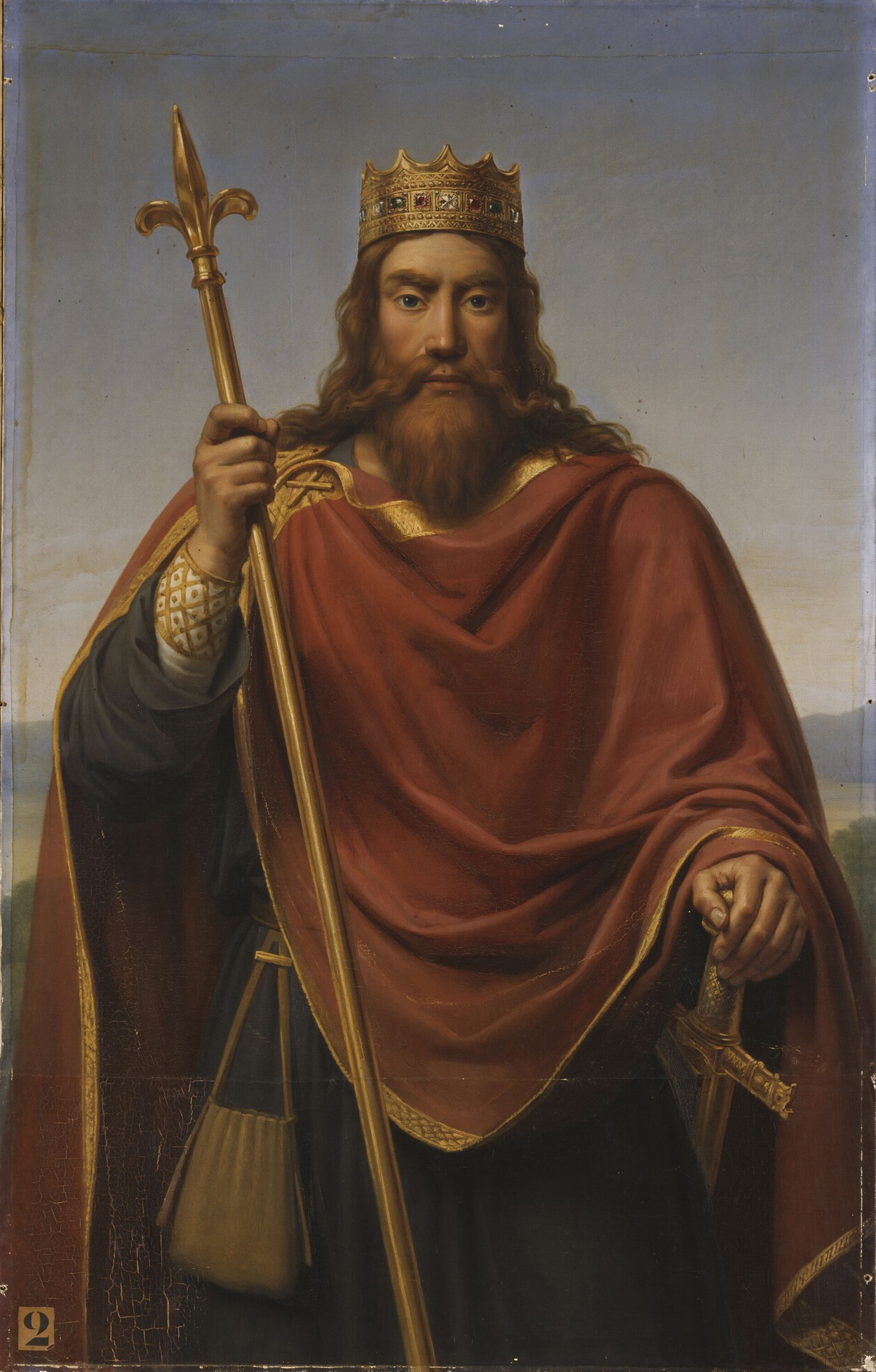Post by Διαμονδ on Aug 7, 2018 15:10:13 GMT
On August 6, 1945 73 years ago, an atomic bomb was dropped on the Japanese city of Hiroshima
More than 70 years have passed since the terrible tragedy in the Japanese cities of Hiroshima and Nagasaki. But the United States did not answer for the crime of the Millennium. Moreover, the pilots who dropped bombs on Japan became national heroes, and the people of America, as before, do not see anything tragic in these events.
On the morning of August 6, 1945, the American b-29 "Enola Gay" bomber, named after the mother (Enola Gay haggard) of the crew commander, Colonel Paul Tibbets, dropped an atomic bomb "Little Boy" ("Kid") equivalent of 13 to 18 kilotons of TNT on the Japanese city of Hiroshima.
At 08: 15 local time B-29, being at an altitude of more than 9 km, made a nuclear bomb dropped on the center of Hiroshima. Those who were closest to the epicenter of the explosion died instantly, their bodies turned into coal. The birds flying by burned in the air, and dry combustible materials (for example, paper) were ignited at a distance of 2 km from the epicenter. Light radiation burned a dark pattern of clothing into the skin and left silhouettes of human bodies on the walls.
People outside the houses described a blinding flash of light, which simultaneously came a wave of suffocating heat. The blast wave for all who were near the epicenter followed almost immediately, often knocking down. Were in the buildings, as a rule, avoided exposure to light radiation from the explosion, but not the blast — shards of glass struck the bathrooms, and all the buildings except for the strongest hit.
One teenager was thrown from his house across the street by a blast, while the house collapsed behind him. Within a few minutes, 90% of the people who were 800 meters or less from the epicenter died. The blast had shattered Windows for a distance of up to 19 km were in the buildings of a typical first reaction was the thought of a direct hit by bombs.
Numerous small fires that simultaneously occurred in the city, soon United in one big fire tornado, which created a strong wind (speed 50-60 km/h), directed to the epicenter. The fire tornado captured more than 11 km2 of the city, killing all those who did not have time to get out within the first few minutes after the explosion.
According to Akiko Takakura, one of the few survivors who was at the time of the explosion at a distance of 300m from the epicenter: "Three colors characterize the day when the atomic bomb was dropped on Hiroshima: black, red and brown. Black, because the explosion cut off the sunlight and plunged the world into darkness. Red was the color of blood flowing from wounded and broken people. It was also the color of the fires that burned everything in the city. Brown was the color of burnt, falling off from the body of the skin exposed to light radiation from the explosion."
The number of deaths from the direct impact of the explosion ranged from 70 to 80 thousand people. By the end of 1945, due to the effects of radioactive contamination and other delayed effects of the explosion, the total number of deaths ranged from 90 to 166 thousand people. After 5 years, the total number of deaths, taking into account deaths from cancer and other long-term effects of the explosion, could reach or even exceed 300 thousand people.
General MacArthur, who commanded the allied forces in the Pacific during the war in 1960, admitted that " there was no military need for the use of the atomic bomb in 1945. "In an attempt to cover up the real targets of the atomic bombing, Truman declared on August 9, 1945 that the atomic strike had been carried out" on the military base of Hiroshima "in order to"avoid civilian casualties".
However, in reality, when deciding on the use of nuclear weapons, the American leadership aimed it against the civilians of Japanese cities.
Documents irrefutably testify to it. So, in the operational order No. 13 of the us command, given on August 2, indicated: "the day of the attack-August 6. The target of the attack is the center and industrial area of Hiroshima. The second reserve target is the Arsenal and the city center of Kokura. The third reserve goal is the center of Nagasaki city."
According to even American historians, the States dropped bombs on Hiroshima and Nagasaki to start the cold war, and not to end the Second world War, as is commonly believed. Moreover, all this was done with only one purpose: to impress the Soviet Union, according to historians accusing Harry Truman, the us President, of this tragedy. Peter Kaznik, Director of the nuclear research Institute at the American University in Washington, D.C., said: "he (Truman) knew that he was beginning the process of destroying the human race. It was not only a war crime, it was a crime against all mankind."

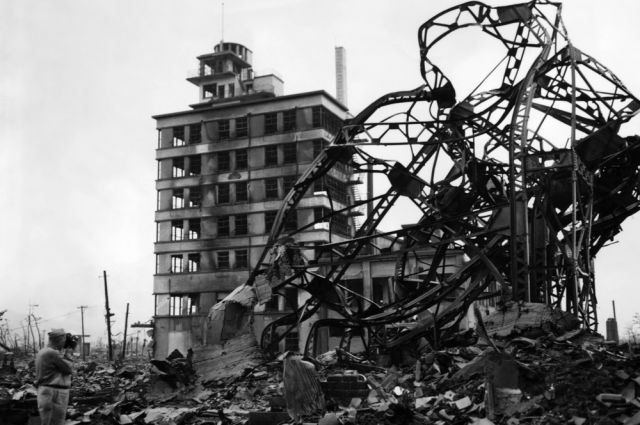
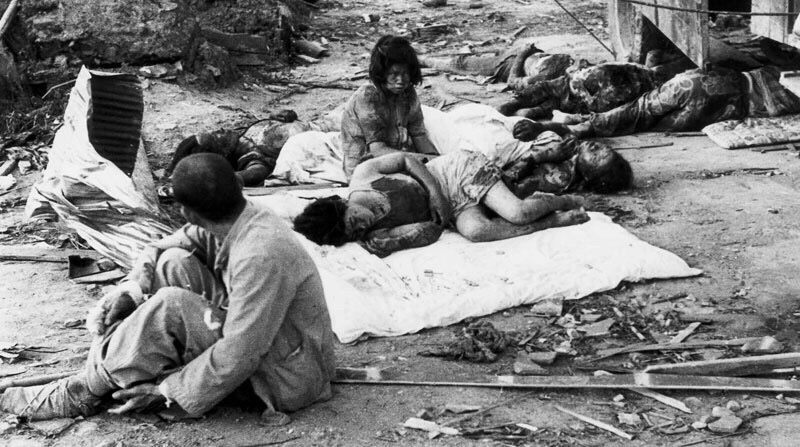



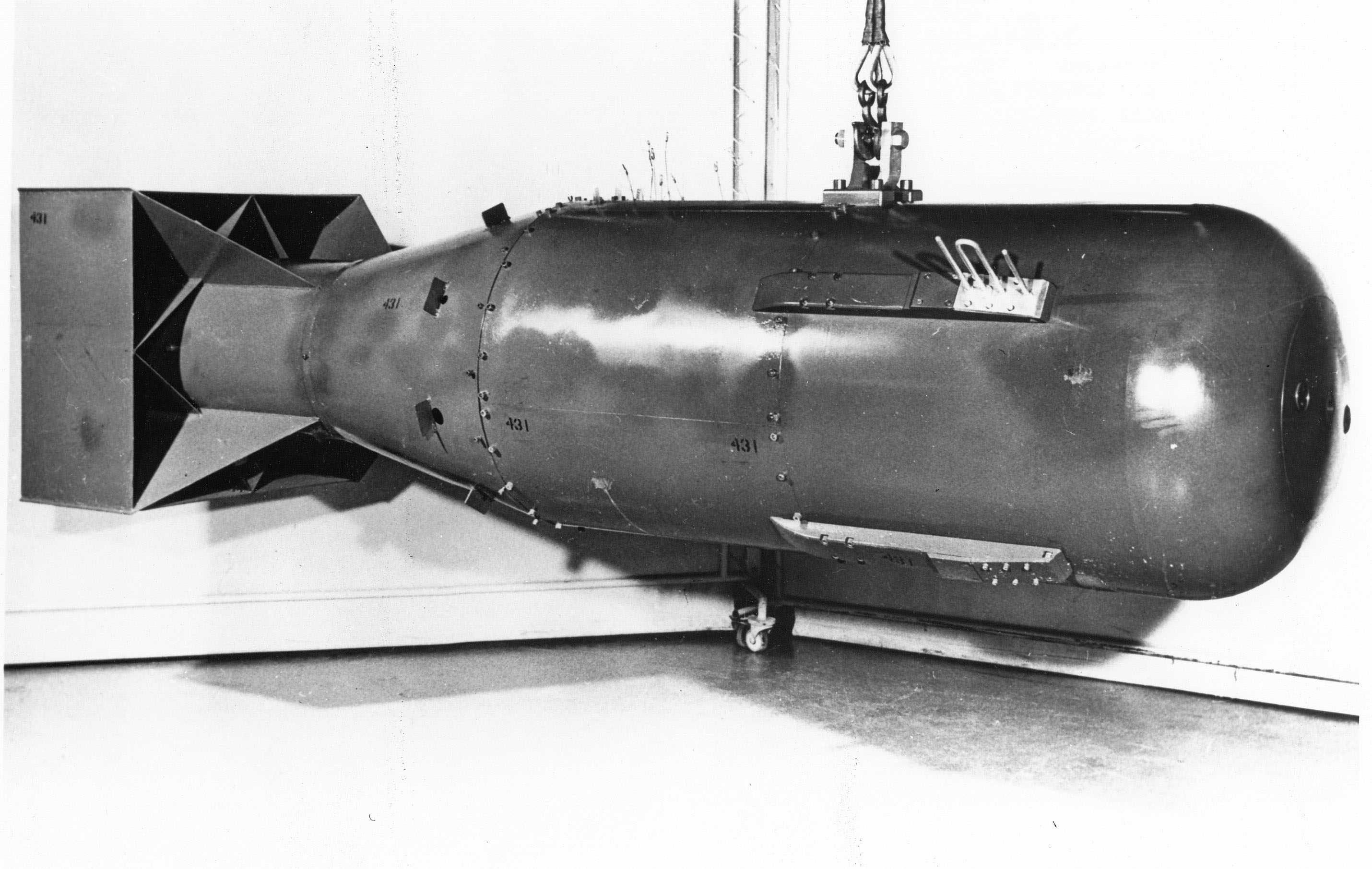
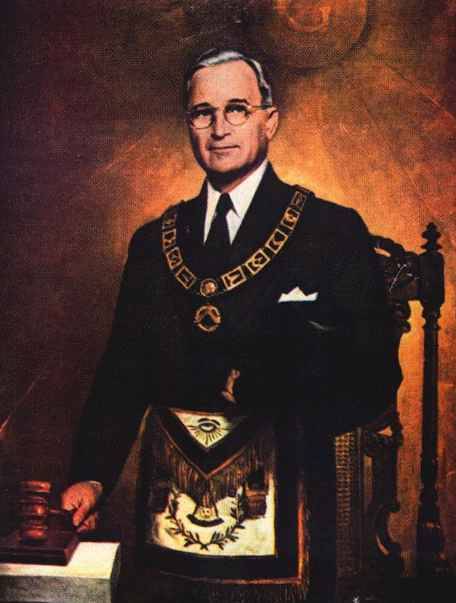
More than 70 years have passed since the terrible tragedy in the Japanese cities of Hiroshima and Nagasaki. But the United States did not answer for the crime of the Millennium. Moreover, the pilots who dropped bombs on Japan became national heroes, and the people of America, as before, do not see anything tragic in these events.
On the morning of August 6, 1945, the American b-29 "Enola Gay" bomber, named after the mother (Enola Gay haggard) of the crew commander, Colonel Paul Tibbets, dropped an atomic bomb "Little Boy" ("Kid") equivalent of 13 to 18 kilotons of TNT on the Japanese city of Hiroshima.
At 08: 15 local time B-29, being at an altitude of more than 9 km, made a nuclear bomb dropped on the center of Hiroshima. Those who were closest to the epicenter of the explosion died instantly, their bodies turned into coal. The birds flying by burned in the air, and dry combustible materials (for example, paper) were ignited at a distance of 2 km from the epicenter. Light radiation burned a dark pattern of clothing into the skin and left silhouettes of human bodies on the walls.
People outside the houses described a blinding flash of light, which simultaneously came a wave of suffocating heat. The blast wave for all who were near the epicenter followed almost immediately, often knocking down. Were in the buildings, as a rule, avoided exposure to light radiation from the explosion, but not the blast — shards of glass struck the bathrooms, and all the buildings except for the strongest hit.
One teenager was thrown from his house across the street by a blast, while the house collapsed behind him. Within a few minutes, 90% of the people who were 800 meters or less from the epicenter died. The blast had shattered Windows for a distance of up to 19 km were in the buildings of a typical first reaction was the thought of a direct hit by bombs.
Numerous small fires that simultaneously occurred in the city, soon United in one big fire tornado, which created a strong wind (speed 50-60 km/h), directed to the epicenter. The fire tornado captured more than 11 km2 of the city, killing all those who did not have time to get out within the first few minutes after the explosion.
According to Akiko Takakura, one of the few survivors who was at the time of the explosion at a distance of 300m from the epicenter: "Three colors characterize the day when the atomic bomb was dropped on Hiroshima: black, red and brown. Black, because the explosion cut off the sunlight and plunged the world into darkness. Red was the color of blood flowing from wounded and broken people. It was also the color of the fires that burned everything in the city. Brown was the color of burnt, falling off from the body of the skin exposed to light radiation from the explosion."
The number of deaths from the direct impact of the explosion ranged from 70 to 80 thousand people. By the end of 1945, due to the effects of radioactive contamination and other delayed effects of the explosion, the total number of deaths ranged from 90 to 166 thousand people. After 5 years, the total number of deaths, taking into account deaths from cancer and other long-term effects of the explosion, could reach or even exceed 300 thousand people.
General MacArthur, who commanded the allied forces in the Pacific during the war in 1960, admitted that " there was no military need for the use of the atomic bomb in 1945. "In an attempt to cover up the real targets of the atomic bombing, Truman declared on August 9, 1945 that the atomic strike had been carried out" on the military base of Hiroshima "in order to"avoid civilian casualties".
However, in reality, when deciding on the use of nuclear weapons, the American leadership aimed it against the civilians of Japanese cities.
Documents irrefutably testify to it. So, in the operational order No. 13 of the us command, given on August 2, indicated: "the day of the attack-August 6. The target of the attack is the center and industrial area of Hiroshima. The second reserve target is the Arsenal and the city center of Kokura. The third reserve goal is the center of Nagasaki city."
According to even American historians, the States dropped bombs on Hiroshima and Nagasaki to start the cold war, and not to end the Second world War, as is commonly believed. Moreover, all this was done with only one purpose: to impress the Soviet Union, according to historians accusing Harry Truman, the us President, of this tragedy. Peter Kaznik, Director of the nuclear research Institute at the American University in Washington, D.C., said: "he (Truman) knew that he was beginning the process of destroying the human race. It was not only a war crime, it was a crime against all mankind."














